Chrysler Halcyon: Can this EV Concept Bring Back the 300’s Magic?
By Edward A. Sanchez — Feb. 13, 2024
Stellantis North America has had a rough go of it lately. Many of its models have been canceled or discontinued, with some of its brands down to a single product. Chrysler, with the discontinuation of the 300, is now down to just the Pacifica minivan. If any brand is in need of a hero once again, it’s Chrysler. To answer that call, the brand has revealed its Halcyon concept, a sleek, rakish sedan with a dash of Lucid Air and a sprinkling of Taycan. Adding interest and intrigue, it even has half-gullwing doors (or more accurately, roof panels).
Going back to 2005, the LX-chassis 300 stunned the automotive market with its bold, unapologetically brash mix of brutalist and Art Deco flair. Like many other automotive designs when first revealed, it was not universally loved. My initial reaction was “Hmm. That’s interesting.” But like the GMT-800 Escalade that came a few years before it, it went on to become an unmistakable style icon.
Conceptually, and stylistically, the Halcyon couldn’t be more different than the 300. To start with, it’s an EV, not a rip-snorting supercharged Hemi. And rather than a pugnacious, blunt nose, the Halcyon cuts through the air with sleek, low-slung lines. No disrespect intended to the Halcyon’s stylists, but it’s not as distinctive as the 300 was. There, I said it.
But the world we live in today is different than that of two decades ago. Any clean-sheet vehicle, whether concept or production, practically has to be an EV, otherwise risking journalist inquiries of “Do you enjoy clubbing baby seals as sport?” As such, efficiency is a guiding principle, with the stylists in this case operating under the dictates of engineering. From that regard, I don’t fault the Halcyon for being sleek and low-slung. It’s just that it kind of falls into a sea of similar-looking large premium sedans from all over the world, and increasingly, from China. Typical of a concept car, the Halcyon has the requisite pillarless sides and “suicide” … err … rear-hinged doors, and as alluded to in the first paragraph, gullwing roof panels over the doors ostensibly aiding ingress and egress.
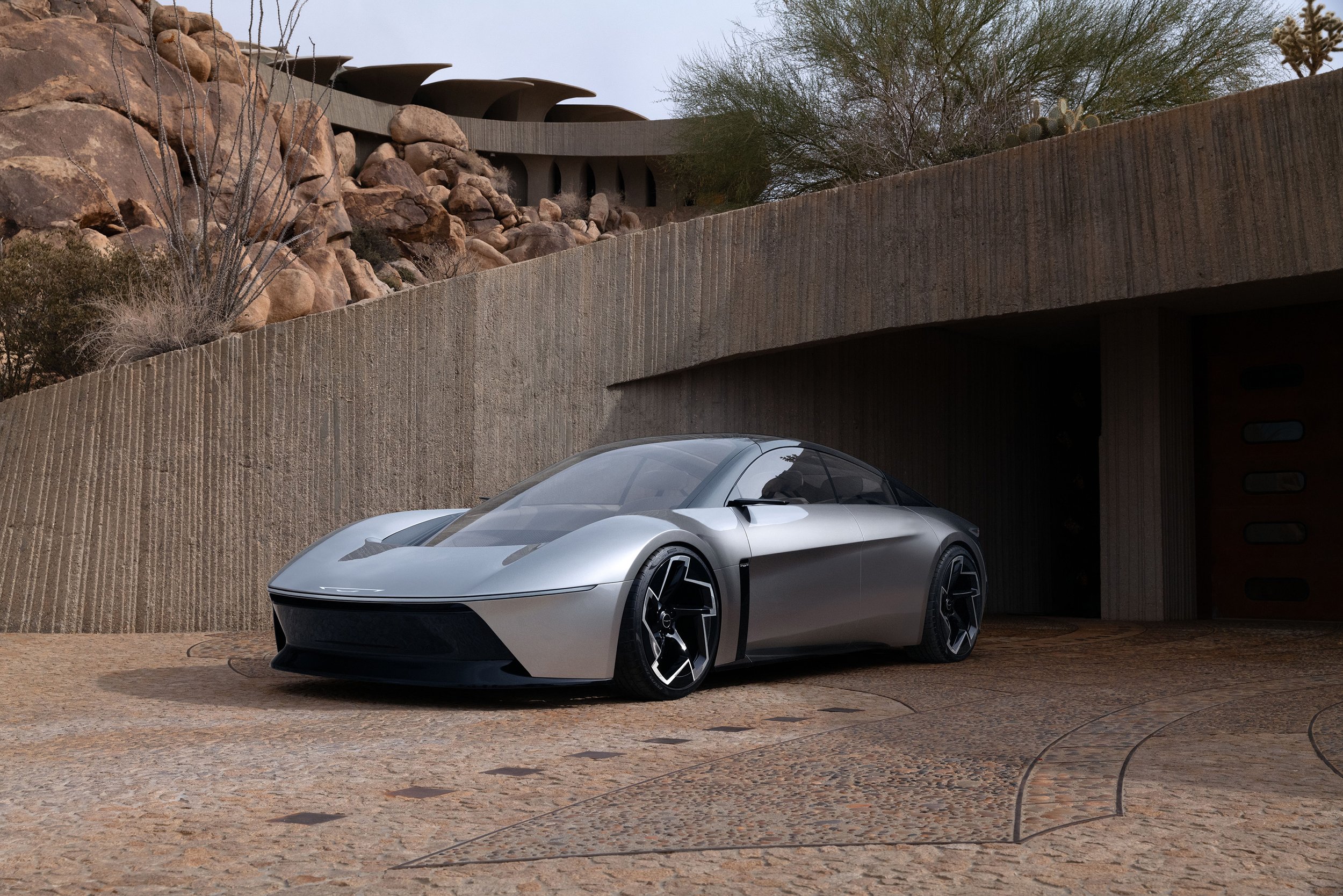
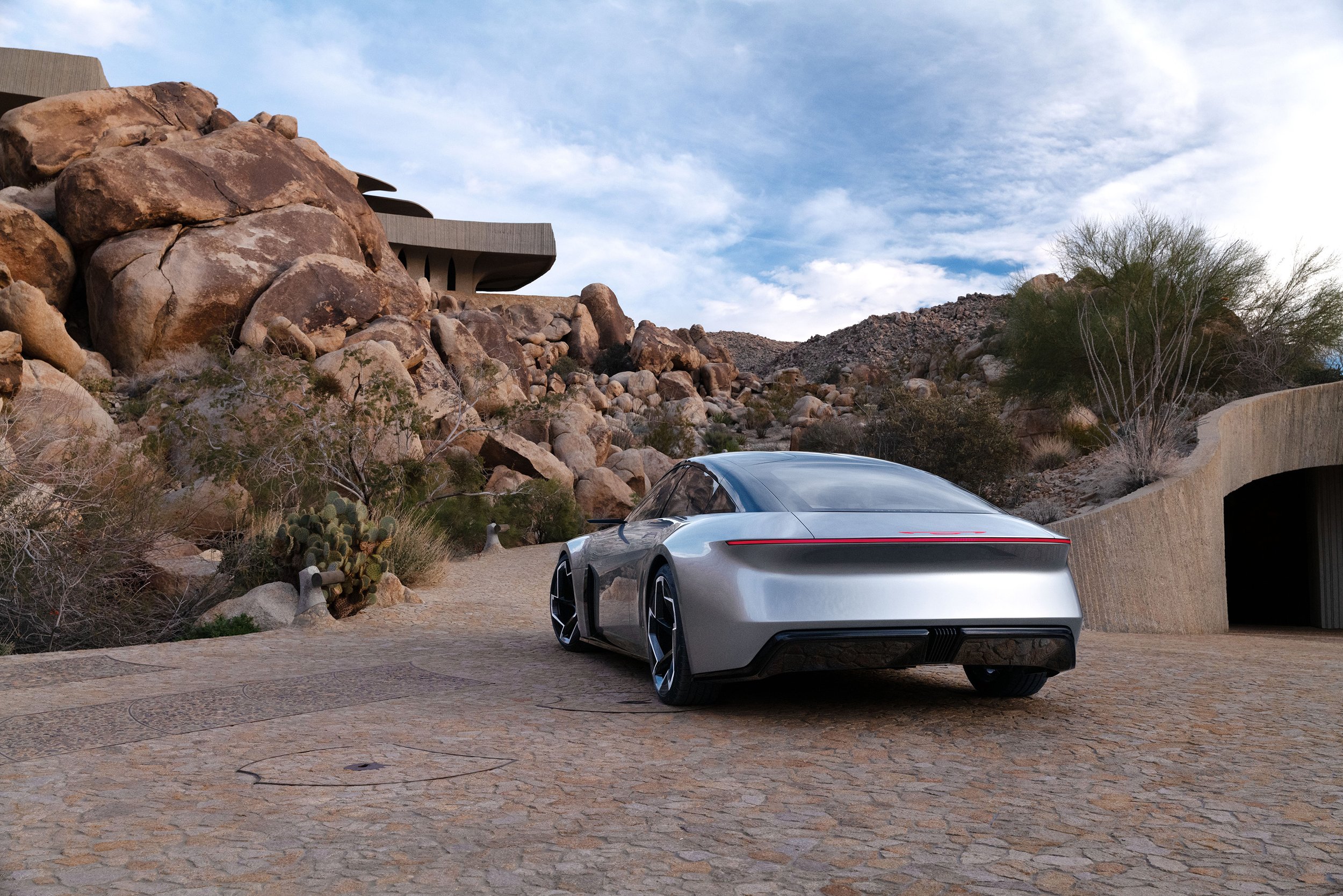
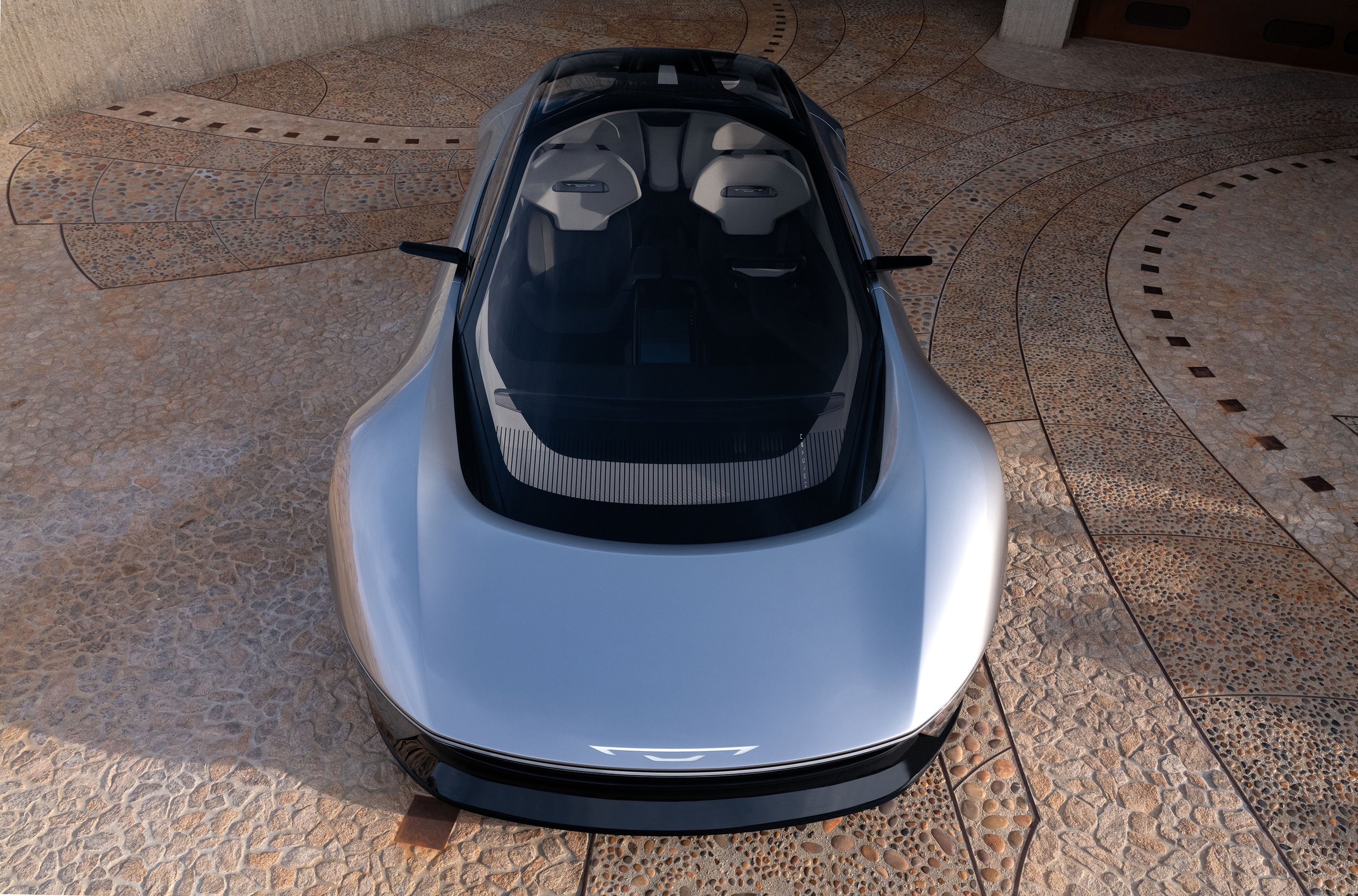
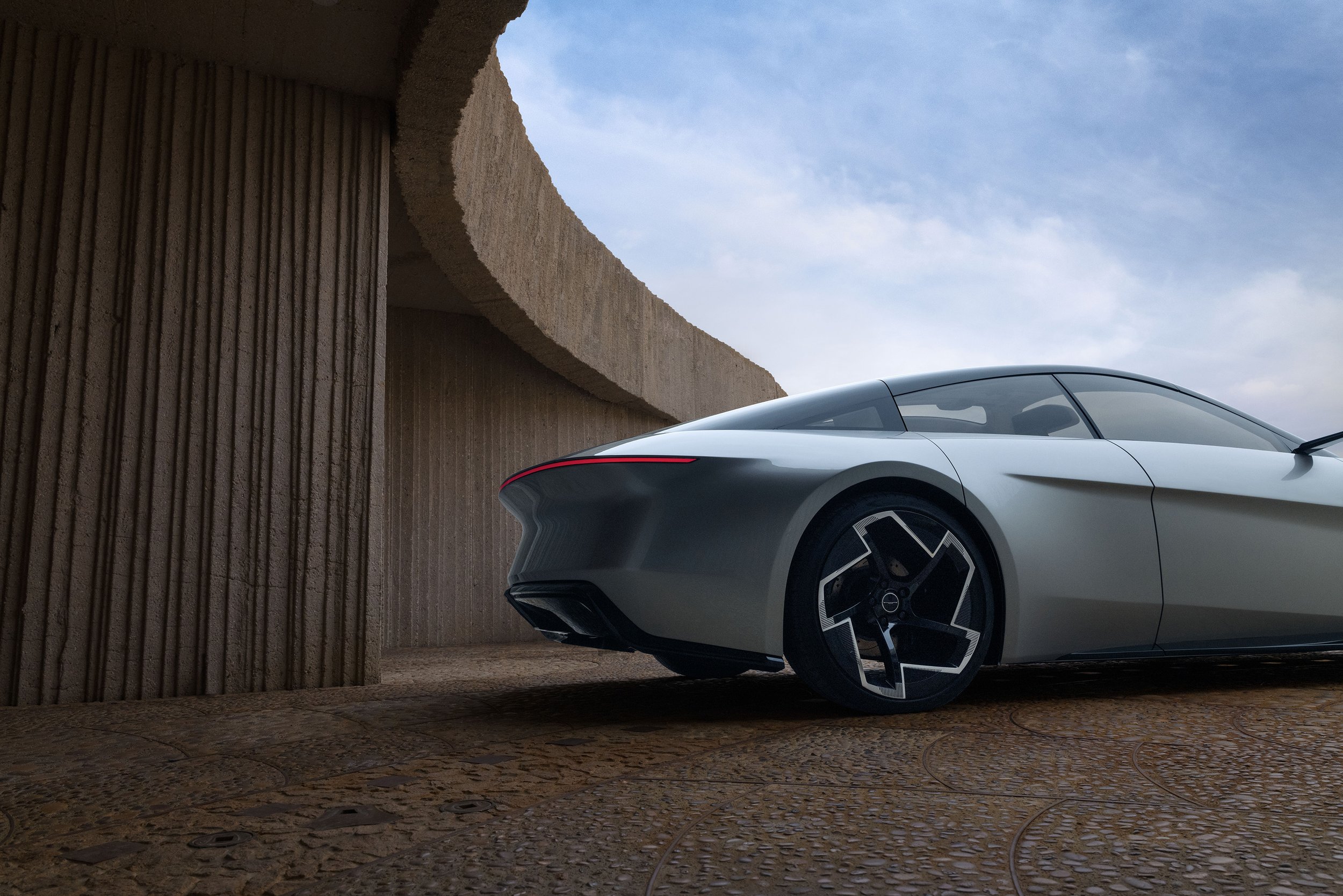
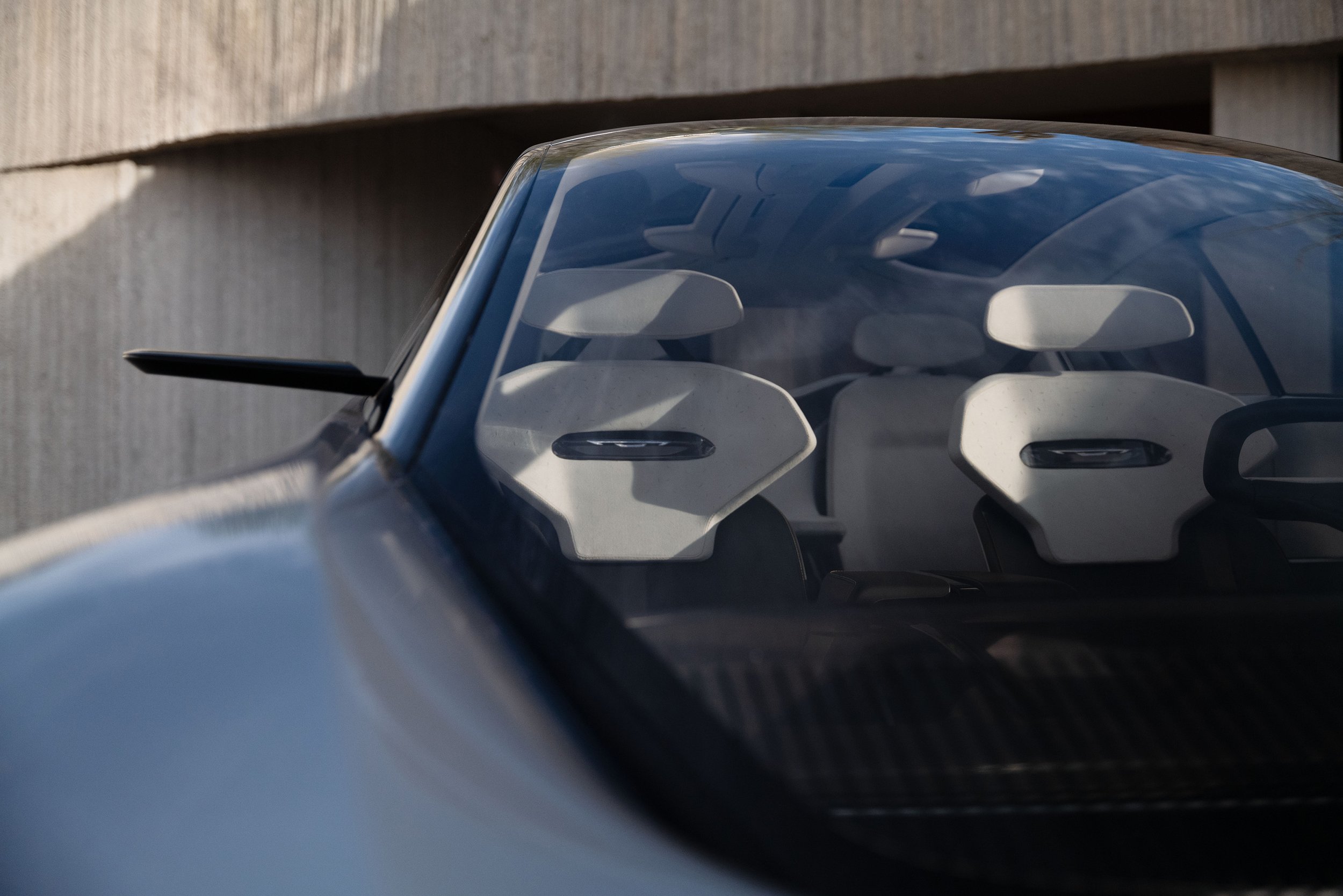
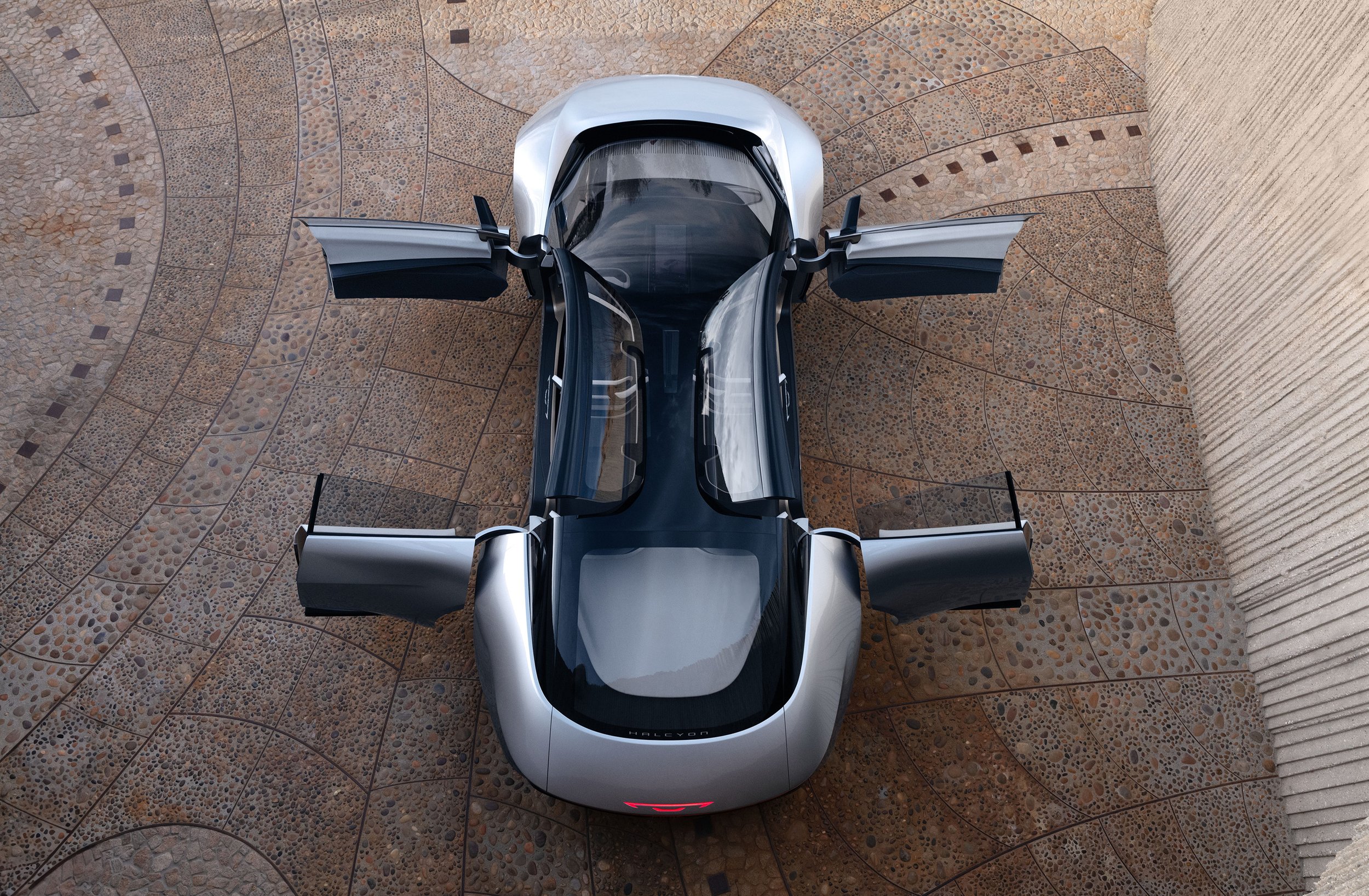
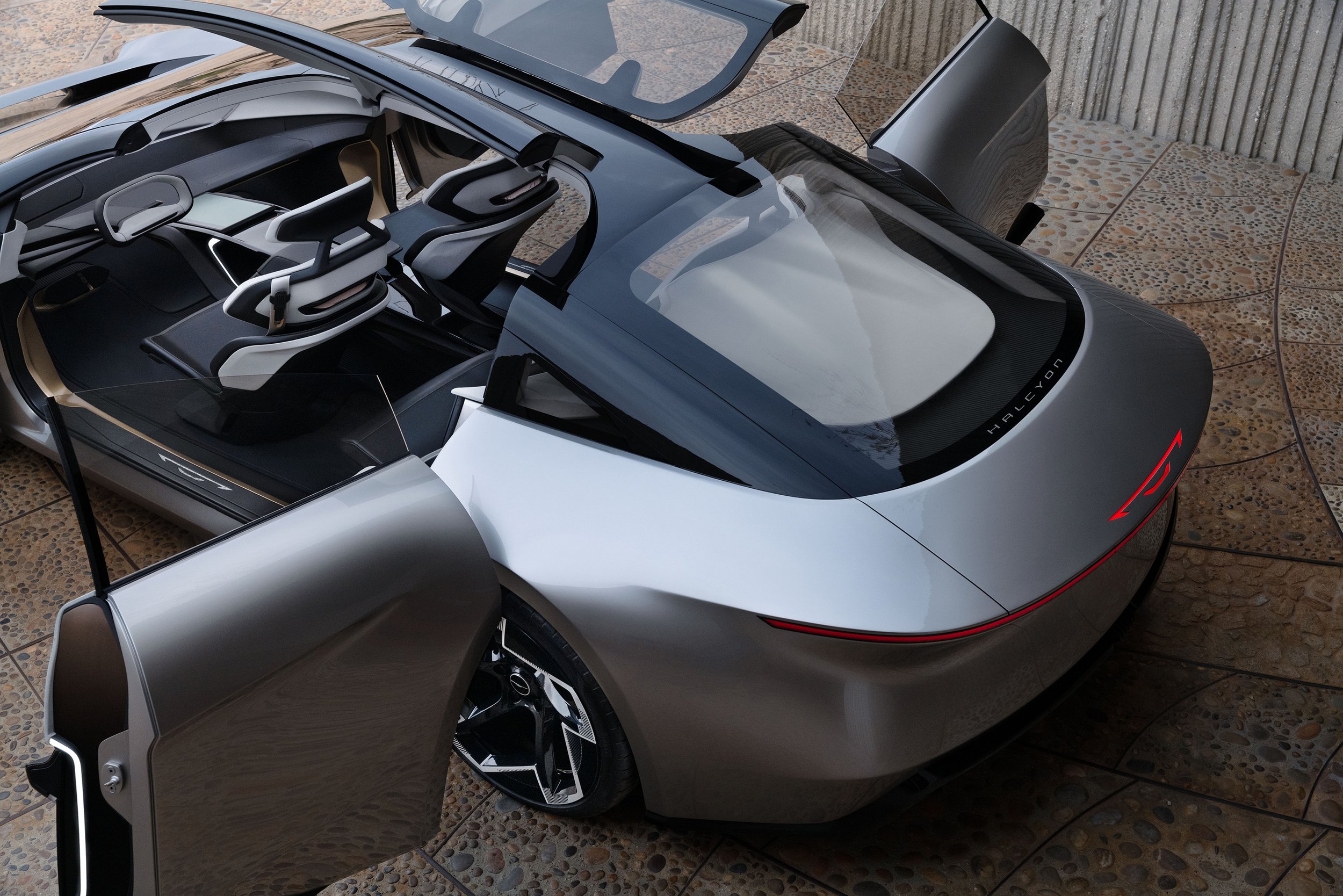
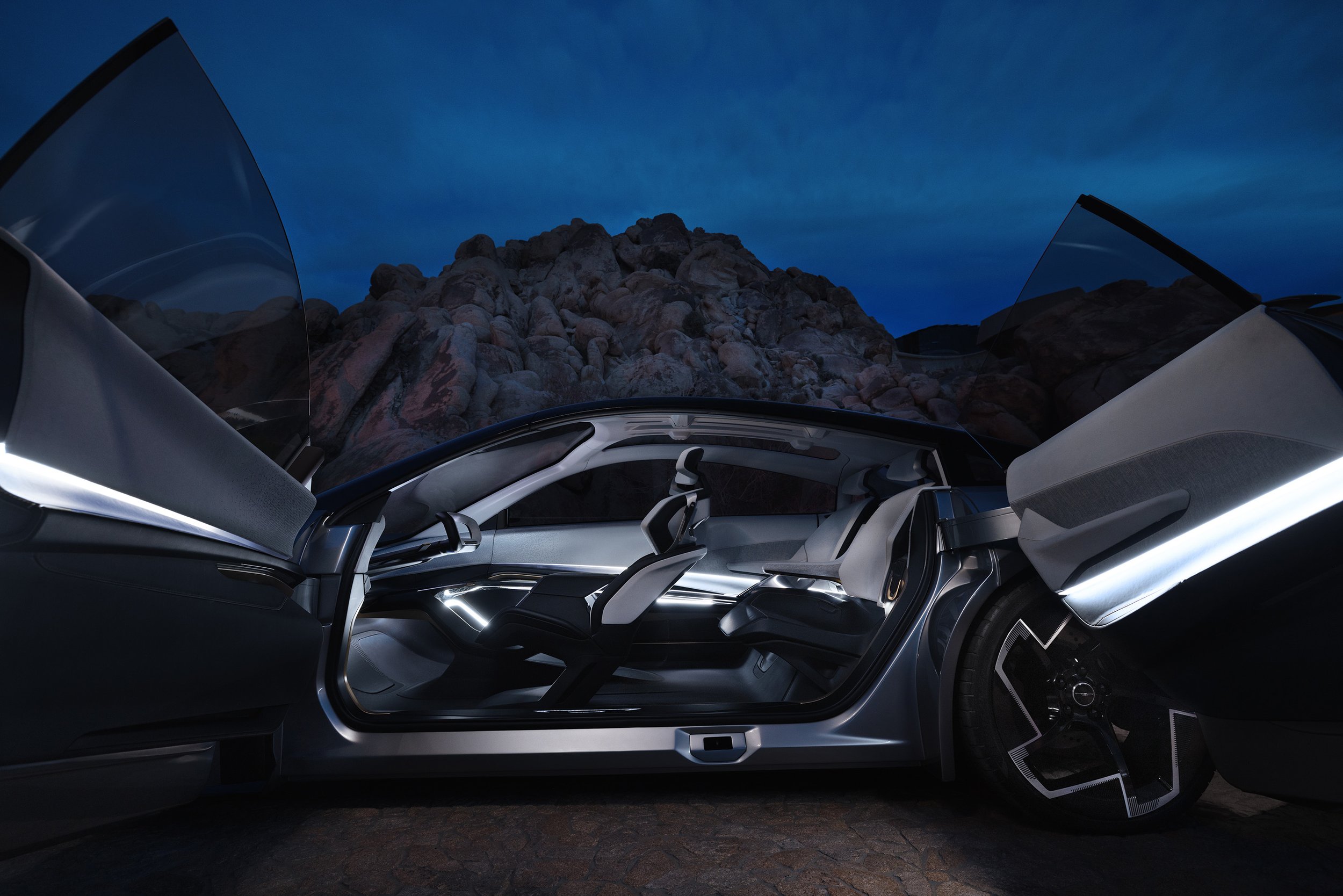

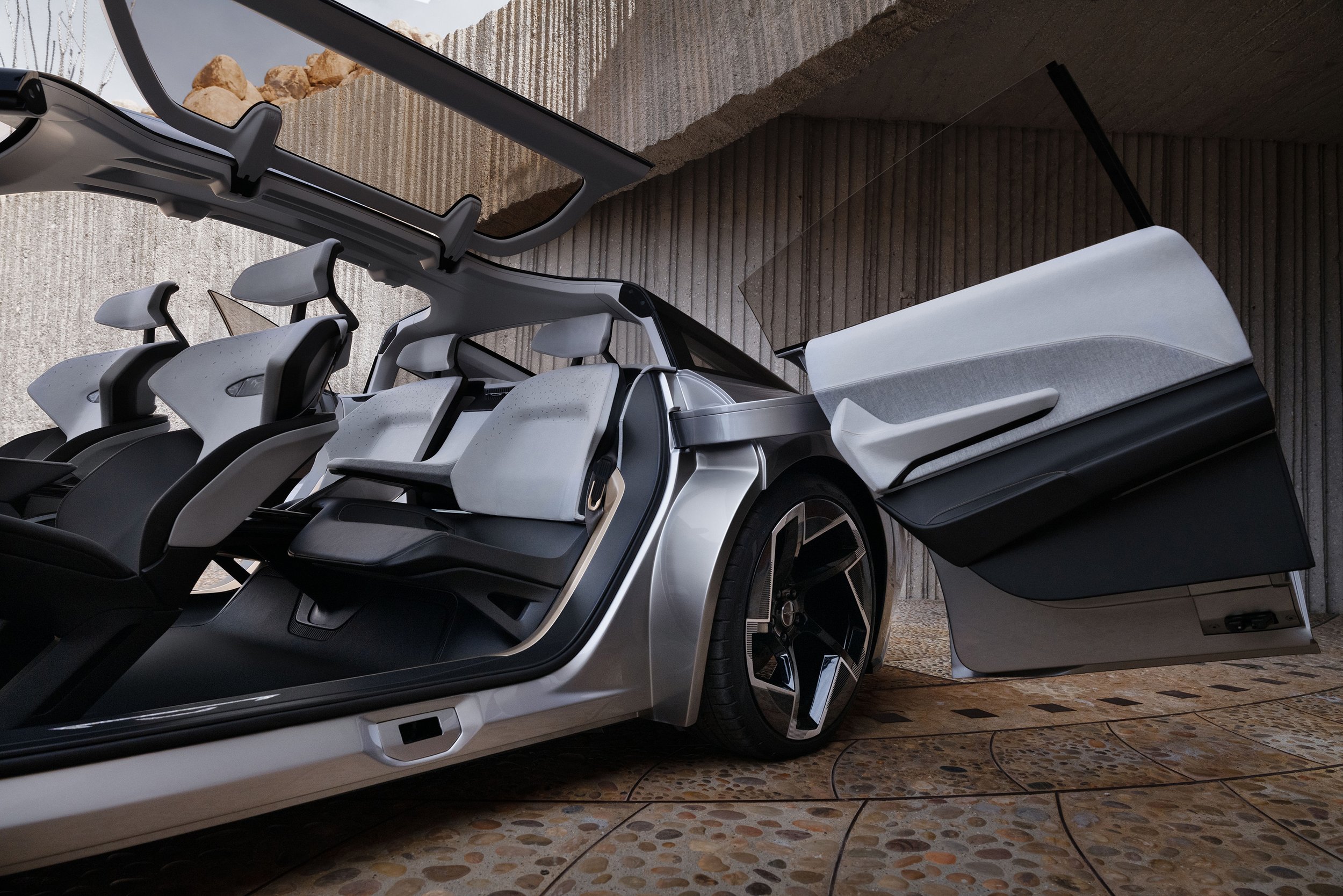
Even some of the Halcyon’s “futuristic” features are a bit copycat. The yoke steering wheel that folds into the dashboard in autonomous mode, biometric driver identification, and “personalized driver cymatics” (sounds and vibrations mirrored through visuals, per Stellantis’ press release) aren’t totally unprecedented, either in concepts or production implementations.
The most interesting and noteworthy features on the Halcycon (at least to me) are technical or engineering in nature. The concept features lithium sulfur batteries, developed in conjunction with battery startup Lyten, an emergent technology that promises high power density and ultra-fast charging. The Halcyon also features on-the-road charging capability. A technology that has some limited trials, but no major large-scale implementations.
Maybe I’m being too harsh on the Halcyon, and front-loading it with expectations it couldn’t possibly live up to. I know the era for cars like the 300 are long over in this eco-conscious age, and the term “software-defined vehicle” more often than not also means anonymity and sameness to a large extent. I wish Stellantis and Chrysler well, but at least for me, the Halcyon isn’t a mic-drop moment for the brand.
(Images courtesy Chrysler)







